Isopod-Magazine
5 ways to regulate your isopod breeding
If you decide to keep isopods as pets, there will inevitably be offspring. What should you do if your isopod terrarium gets too full? In this article you will learn background information and tips on how to keep your isopod population under control and avoid overpopulation.
Consequences of too many isopods in the terrarium
When you discover isopod babies in your terrarium for the first time, it is always a great feeling. You are happy and get the confirmation that you have kept the right keeping parameters. A bond develops with the offspring and you care for each individual animal. How can this lead to problems? The problem is called overstocking. Sometimes breeding not only grows over your head, but it can also collapse completely due to overpopulation. In this case, a genetic emergency stop is pressed on the female isopods and they become infertile. In this way, a breeding strain that is doing very well can come to a complete standstill. This is comparable to an ant colony that loses its queen. So far, however, we have only been able to observe this phenomenon in Armadillidium species, which produce huge numbers of offspring above a certain breeding strain size and then suddenly collapse.
So how do you control the number of isopods? To avoid overpopulation in the terrarium, you can act in different ways.
Release animals into the wild
Look for other Isopod keepers that are interested in your species!
On the one hand, you can raise the animals to a certain size and then pass them on to like-minded friends or exchange them. One or the other pet shop will also be interested in healthy and strong offspring. The best thing to do is to inform yourself before breeding and get in touch. You might find someone who is permanently interested in your isopod species.
We are always looking for new Offsprings as well.

We’re interested in your Offsprings!
✓ Isopods, Mantids or Diplopoda
✓ To sell or exchange
✓ Contact us
more informationenOn the internet, there are various platforms with varying degrees of seriousness on which you can offer your animals. The same applies to regular animal fairs in different cities. If it doesn’t work out to give away your offspring on a regular basis, you should consider alternatives.
Adjust the food
If you feed more sparingly, the number of newborn isopods will inevitably decrease. The reduction per litter can be 20-40 isopods. The number of animals adapts very well to their conditions. This can also be observed wonderfully in the forest. While the number of isopods on a large white-rotted trunk can run into the hundreds, under sparse conditions only a few isopods can be found. So if you deprive the isopods of food to a minimum, they will stop reproducing and only the fittest will survive. This approach requires a certain amount of self-discipline and is not suitable for everyone. After all, you create animals to take care of them and give them a carefree life. As cruel as this may sound at first, it is a good way to grow a healthy breeding stock in the long run.
Use predators
Of course, the natural predators of our isopods also live in our forests. If we take a closer look at them, we will find a few suitable animals that also have a place in an isopod terrarium. Perhaps some of you have already brought in a pseudoscorpion with a few forest utensils. Don’t worry, the 4.5 mm would-be scorpion does not have a poisonous sting. It merely resembles a scorpion and belongs to the order of arachnids. However, it not only decimates the mites in the terrarium but also goes after the newborn isopods and sucks them out in spider fashion. Another predator that roams our forests is the centipede. It is a 5 cm large, nocturnal hunter and grabs medium-sized isopods at lightning speed.
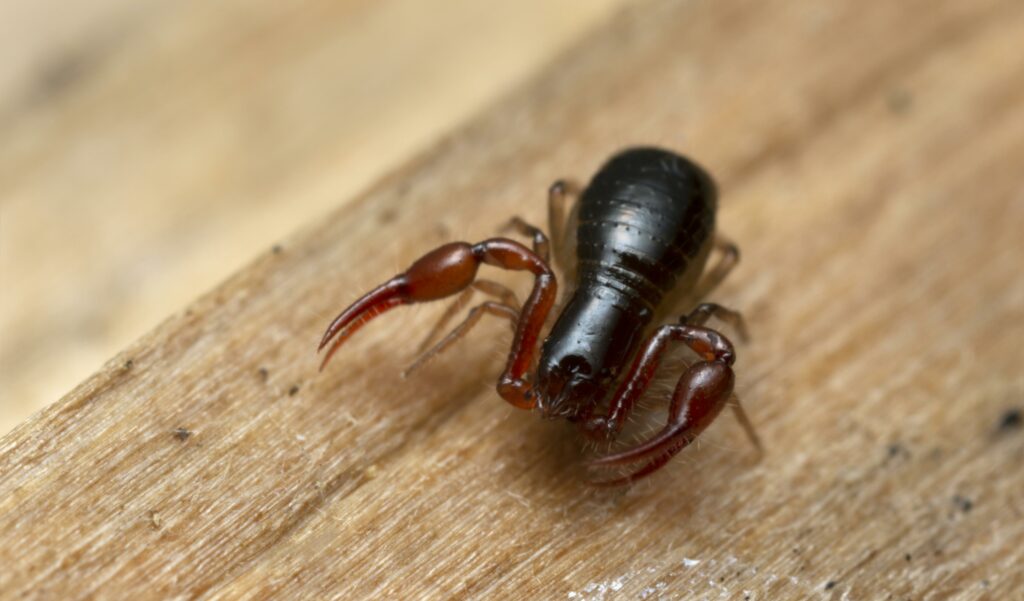

Both predators fit perfectly into our isopod terrarium in terms of husbandry parameters and have no adaptation difficulties whatsoever. However, if the stocking is already so advanced that there are hundreds of isopods in the terrarium, both species come too late. They should be introduced at 30-50 animals so that the stocking can be balanced. Personally, I would always use between five and ten animals.
Competition prevents overpopulation
Finally, we come to a very effective way of preventing overpopulation. When inserting Trichorhina tomentosa „White Dwarf Isopods“ into our isopod terrariums, we noticed that they prevent overpopulation of the actual isopod species. White isopods have a high reproduction rate and are therefore a food competitor.

They are hardly noticeable, as they like to stay in the substrate and only come to the surface now and then when feeding vegetables. A collapse of the white isopods due to overstocking cannot occur. The isopod population of the actual isopod species will increase anyway and you will get a nice breeding group. In addition, no overpopulation is reached, where you face dangers such as a complete collapse.
You have more questions or disagree? Please let me know in the comments!




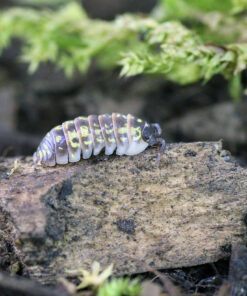
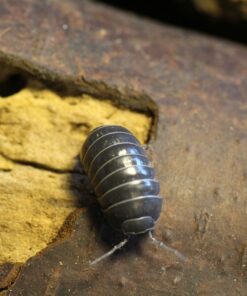
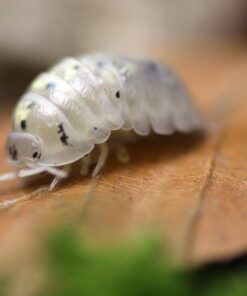
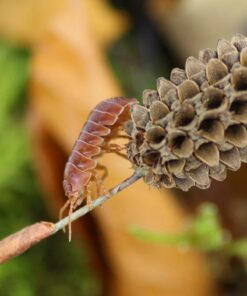
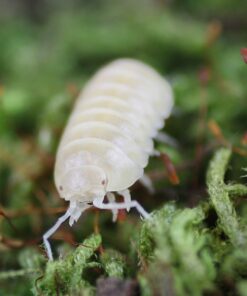
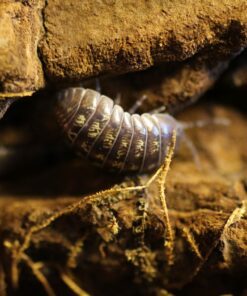
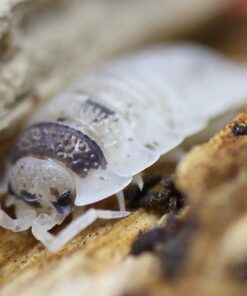
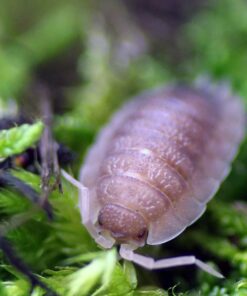
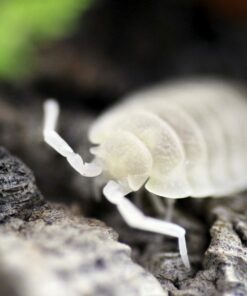
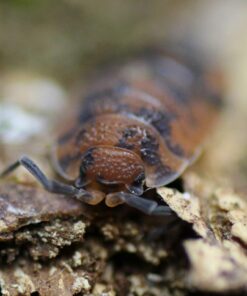
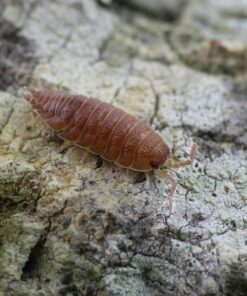
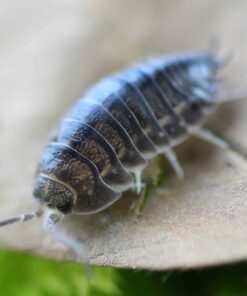
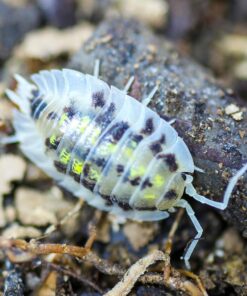
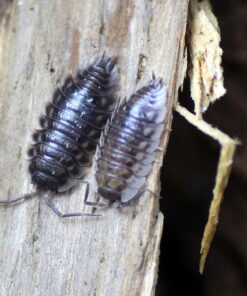
Hey Frank,
in your 5th tip you mention “white isopods”. Do you mean dwarf withe isopods or is that another species?
Thanks for your reply:)
Hi Niklas!
Yes I mean the dwarf white isopods. Thanks for the tip, I’ll change it in the text.
Best regards
Frank